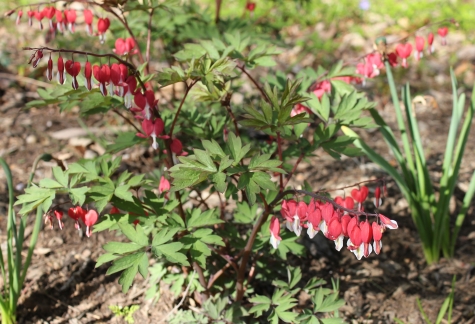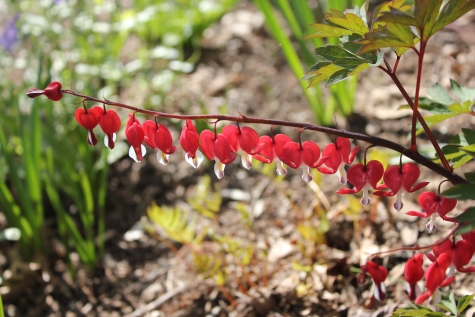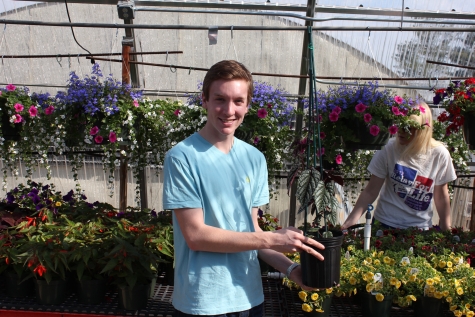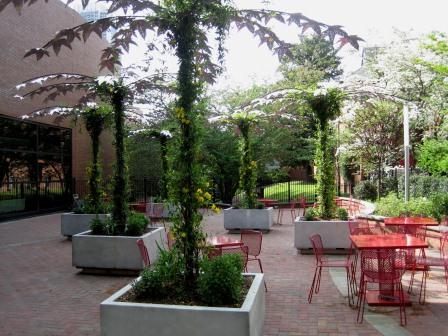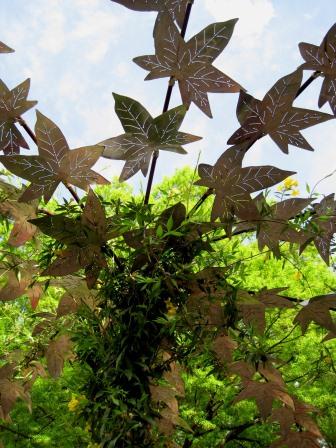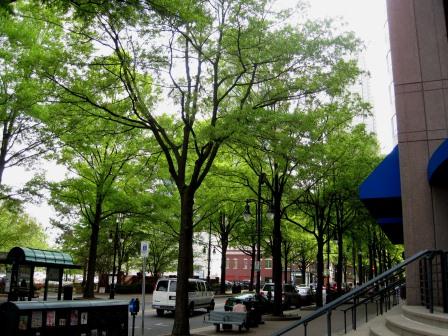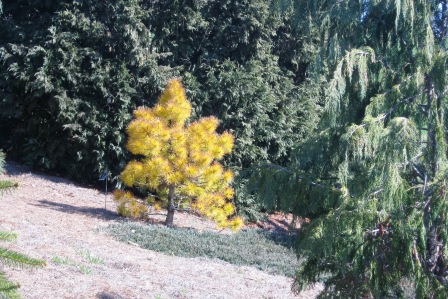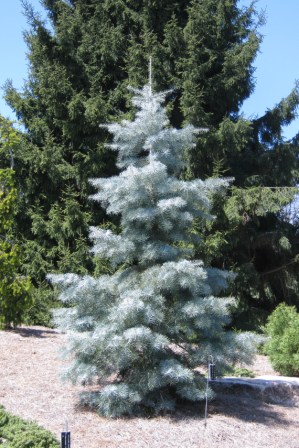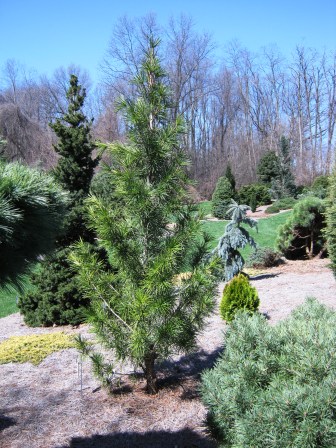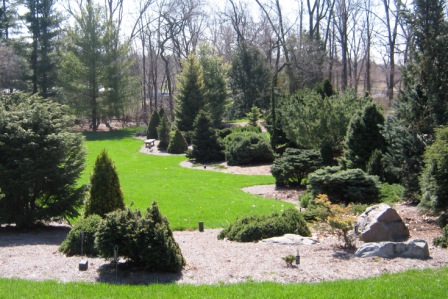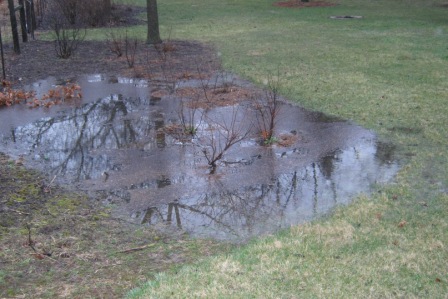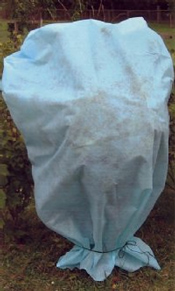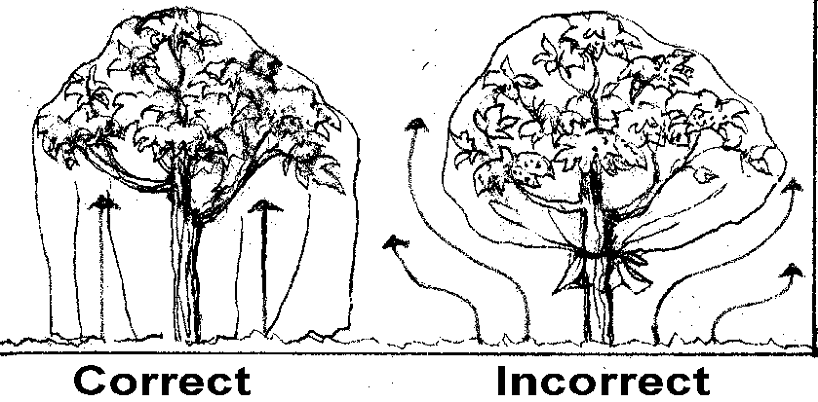I’ve been traveling in Europe the past few days working on a project with some colleagues in the Czech Republic. While we typically think of our friends in Europe as being more progressive and cultured than us, it appears there are still a few areas where they have a ways to go – such as banning smoking from restaurants and bars – and in learning about the art and science of Arboriculture. (And before the hate mail from Europe starts pouring in; yes, I realize we can find plenty of scenes like this in the US – just hoped I’d find better on this side of the pond).
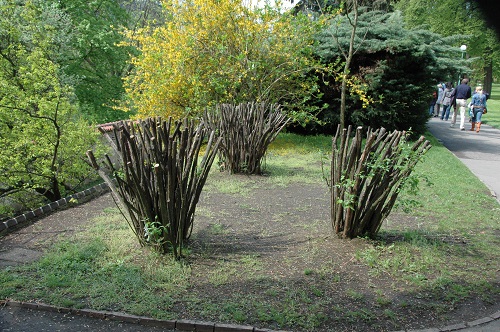
I’m not a big Forsythia fan, but really…?

Not sure what the desired outcome is here.
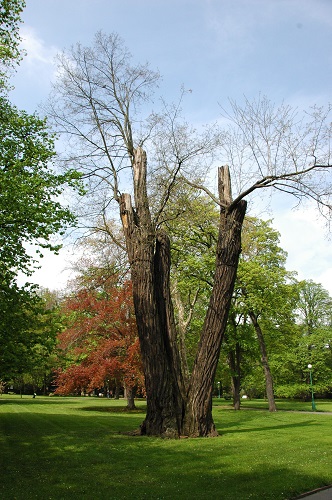
This is a black locust near Prague castle. Black locust, which is native to North America, was introduced to Europe for forestry planting in the 19th Century. The trees were extremely well adapted and have become invasive in many parts of Europe, out-competing native trees and suppressing the development of understory plants. This particular specimen is one of the oldest in the Czech Republic, which presumably is the reason it has been allowed to linger on. A good example of when a tree’s quality of life has run its course. It truly pained me to look at this tree. And, of course, in the U.S. the tree would probably have been long gone due to liability concerns.
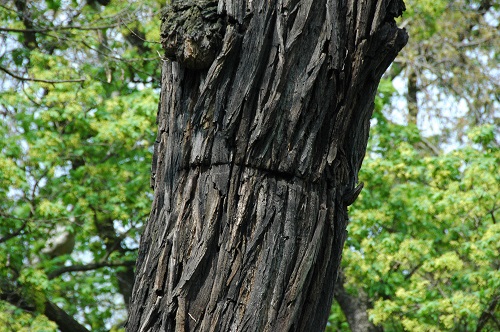
The tree is mostly hollow and was once cabled together. The cables were removed after the tree lost its tops in a storm 20 years ago.
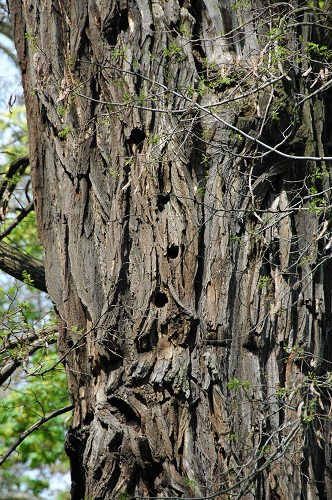
It appears that the tree’s principle function these days is feeding woodpeckers.

OK, in the interest of international diplomacy, something Europeans get right is pollarding. In the U.S. what is passed off as pollarding is usually just topping. But when it’s done right (in this case with horseschestnut) and in the right setting (Prague Royal Gardens) it can create a striking effect.
